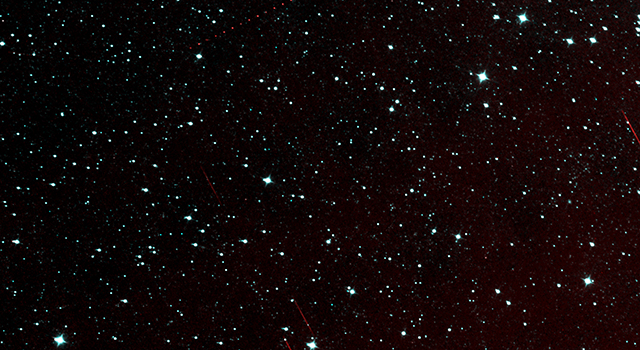
Many of the asteroids in our Solar System can be found wandering about the cosmos between the orbits of Mars and Jupiter. This area is sometimes called the “asteroid belt” (another super original name from astronomers, yay!). For understandable reasons, finding hazardous asteroids is a pretty high priority. True, we may not have a great defense plan in place in the event that we actually do find one (or any defense plan, really); however, even just having a bit of a warning could, potentially, save thousands of lives.
This is one of the reasons that NASA increased its investment in asteroid detection by a factor of about 10 over the course of the last half decade.
No, NASA does not think that a doomsday asteroid is going to come flying our way any time soon. However, events like the 2013 Russian meteor have taught us that it is best to be prepared.
Which is why NASA has vamped up its efforts to find, detect, and characterize NEOs (Near Earth Objects). These activities aren’t just meant to help identify NEOs that might cause an impact event, the effort ultimately aims to help us improve our planetary defense. To this extent, you can help in the hunt for potentially hazardous NEOs through the Asteroid Grand Challenge, which aims to find all asteroid threats to human populations and develop a plan, should they wander our way.
In an attempt to motivate you, here is a handy video showing what the night sky would look like if you could spot all the asteroids near us. Ultimately, the video shows the 5,000 closest asteroids to Earth. It was created this past week by YouTuber Scott Manley, who is a self described “Astronogamer”…an astronomer who loves gaming, apparently.
“We’re essentially flying around the Sun through this population of asteroids with our eyes closed,” says Manley. Perhaps it is time to open our eyes.
Watch: Near Earth Asteroids Come to Light
